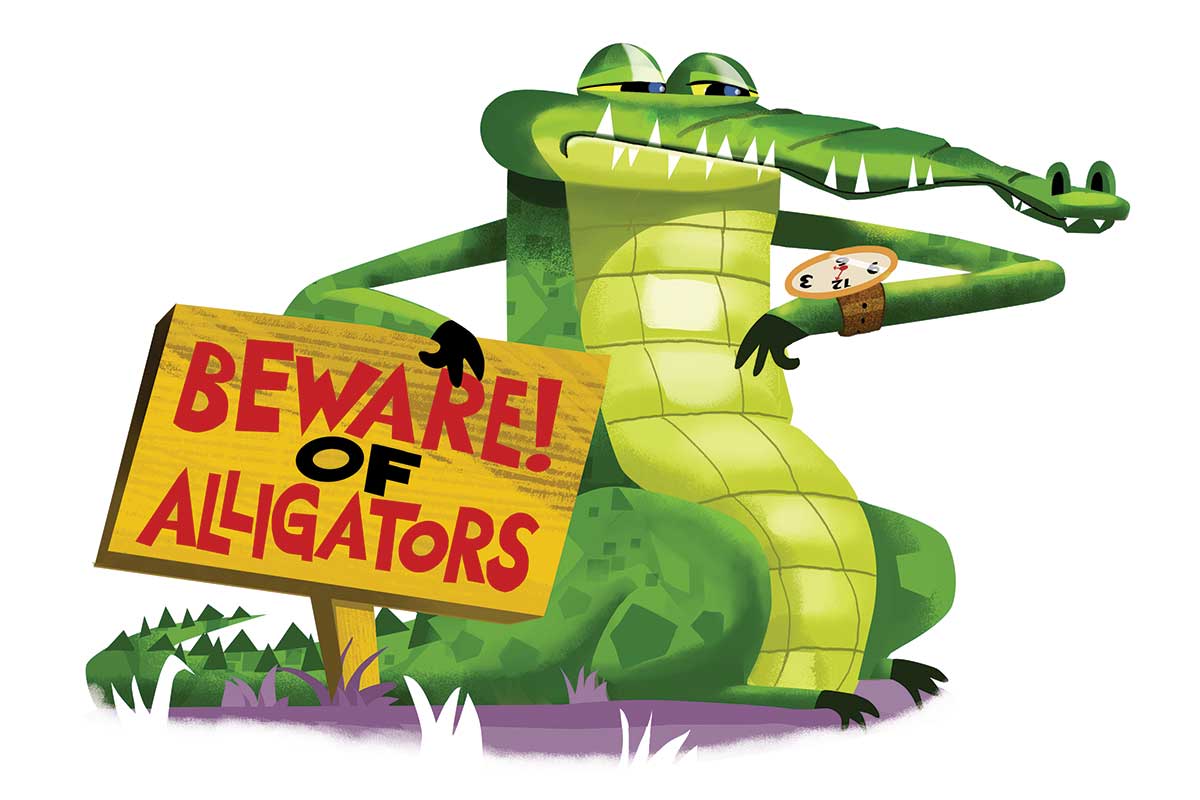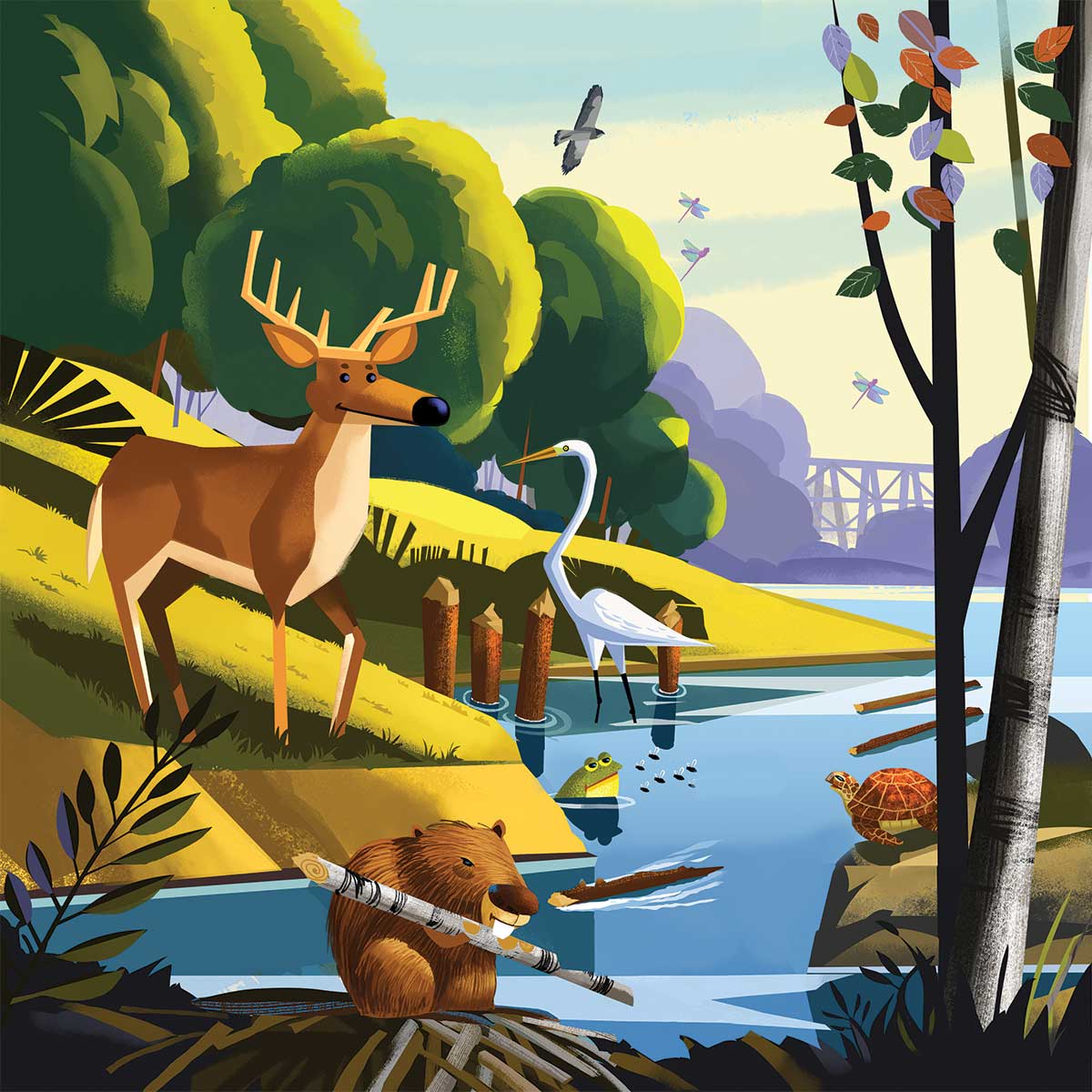“Where are the alligators?” I can hear the frustration in my 8-year-old son’s voice as we scan the serene water of Beaver Pond in the southwest portion of Aquatic Loop. This is our second visit to the Mineola Nature Preserve, and we’ve just learned that some of the ponds are home to alligators.
Fifteen minutes earlier, we had passed a slightly winded hiker on Beaver Pond Trail, an old logging path that harks back to the land’s integral role in the East Texas timber belt a century ago.
The hiker smiled, greeted us and said his name was James. He chatted enthusiastically about the nearly 20-year-old preserve that spreads over close to 3,000 acres along the north banks of the Sabine River in Wood County, north of Tyler. James said he has been hiking at the preserve every week for a few years and loves this nature space.
“Most people don’t know about this place,” James said. He told us he thinks the preserve is one of the best nature areas in East Texas, with bird-watching and stargazing, catch-and-release ponds, plus many trails for horseback riding. Several hiking trails crisscross through the wetland areas around the ponds, and he said we might see wild animals at the preserve too, like beaver, deer and bobcats.
Then he asked, “Have you seen the alligators in the beaver pond?”
Soon we’re leaning over the splintered railing of the wooden footbridge that spans Beaver Pond. I hear dragonflies and damselflies darting over the water and the occasional plip-plop of a fish leaping to catch one.
But no alligators in sight.
Once on the verge of extinction, the American alligator can now be found throughout the eastern third of Texas, according to the Texas Parks and Wildlife Department.
The reptile has made a dramatic comeback over the past 50 years and is now a protected game animal in Texas. “There are a couple of large ones who hang out at the beaver pond,” James told us. “They like to sleep a lot at the bottom of the pond, but I’ve seen them several times.”
I wonder to myself if they look like floating logs in the middle of the pond. Or if they lurk in the shady areas around the bridge, with only nostrils visible above the water.
“I’ll be right back!” I call to my husband and move toward the opposite side of the pond, past the warning signs admonishing in bright red letters: “Beware of Alligators.” I take a few pictures of a lone white egret standing amid a clump of soft rush.
“Don’t stand too close to the bank,” my husband calls. “Alligators move fast. Faster than you think.”

David Moore
“Mama, a snapping turtle!” My son points to a gray-green turtle sunning itself on a partially submerged log, its distinctive beak stretched into the sunshine.
Several months have passed since our previous visit, but we haven’t forgotten our conversation with James, so we search once again for the resident alligators in Beaver Pond.
Late spring humidity presses in on us. We hear the buzz of cicadas, grasshoppers and bees among the coral honeysuckle, purple coneflower and blue larkspur. We give wide berth to the soggy, loamy sands banking the pond, where spring rains have left the ground saturated.
Once on the bridge traversing the pond, we look out over turquoise water shimmering like a dark mirror in the afternoon sun. Giant cutgrass clusters around the bridge. In the center of the pond, we see the remains of abandoned railroad trestles from when trains transported East Texas lumber to far points in the state.
“I don’t see any alligators,” my son says. Unfortunately, neither do I.
“You should probably go around 3 or 4 in the afternoon,” my friend Laura advises. She has heard my story about looking for the preserve’s reptile residents, and she has responded in typical Texas Master Naturalist fashion. She has looked things up on the iNaturalist website.
“According to iNat,” she continues, “most of the alligator sightings in the preserve have been mid-afternoon. Maybe you’ll have more luck then.”
Alligators are native to this part of the state, but I haven’t seen one in the wild yet in the 10 years I’ve lived in North Texas. We plan another visit to the preserve, hoping we will finally glimpse the elusive crocodilian.
“Oh, no!” my son exclaims. “Not the alligators again!” With the steady increase of summer heat indices in East Texas, his enthusiasm for alligator hunting has definitely cooled.
We crunch over the gravel of the city-owned and -managed park’s Rawhide Trail, under the welcome shade of thorny locust, willow oak and sugar hackberry trees, our faces shiny from the late June heat.
As we approach Beaver Pond, I hear the low, resonant bugle of a bullfrog and the cry of a hawk overhead. Summer blooms of climbing prairie roses and meadow pinks cluster alongside the path. Ahead of us, half a dozen monarchs the size of my palm scatter in a swirl of tangerine.
Leaning over the railing of the now-familiar bridge, we scan the tranquil, algae-laden water for any signs of an enormous reptile. A tiny green anole darts away from us on the splintered wood. We watch a great blue heron lift off in flight above our heads.
“No,” I say. “Not the alligators.”



